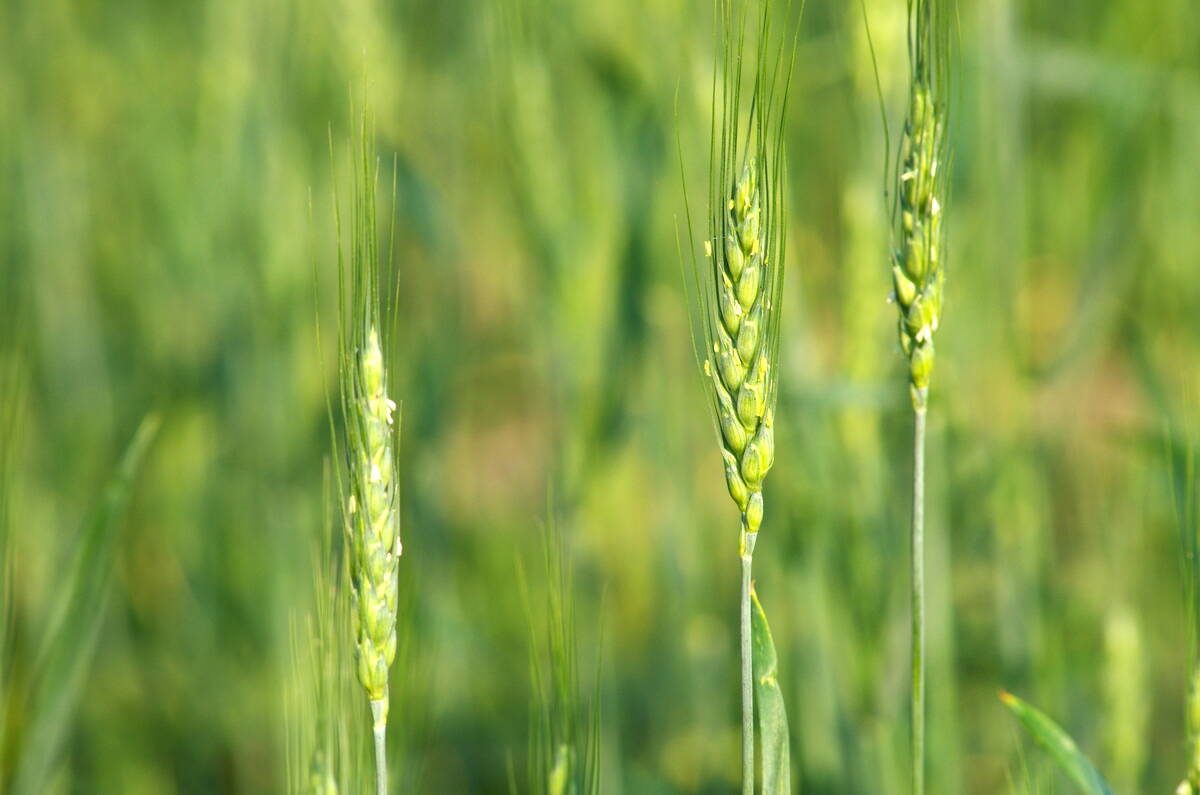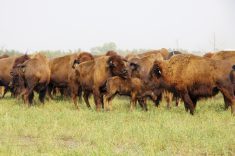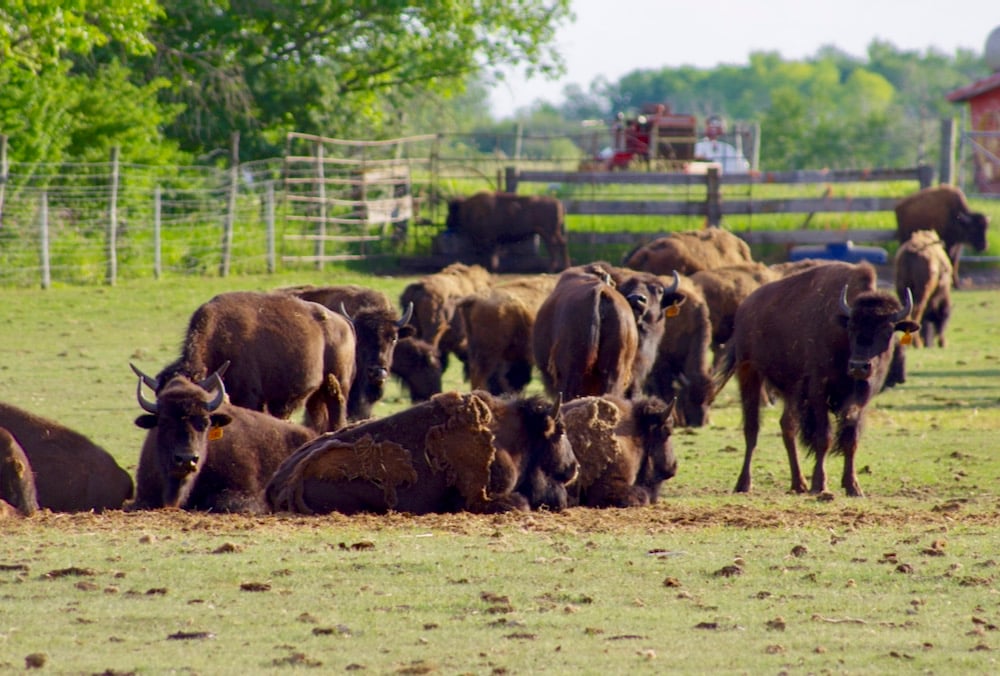Canada’s bison herd could be on the verge of a rebound as higher prices attract new entrants, the president of the Canadian Bison Association says.
Mark Silzer said the surging prices have given producers looking to exit the business the perfect chance, and as a result, volumes are likely to be lower in this May’s census than the approximately 195,000 bison in 2006.
“We will likely come in lower, because what we have seen is when these prices went up so much, a lot of farmers who were planning an exit strategy tended to move those animals out,” Silzer said from Regina.
Read Also

Code cracked on nitrogen-fixing wheat?
U.S. crop breeders have created a wheat variety capable of fixing its own nitrogen rather than relying on fertilizer.
“The census comes out in May, and that is the peak time for calving season. We feel the 195,000 in 2006 did not reflect that spring’s calf crop, and we are likely to have the same situation this year.”
While there has been some selling out over the past five years, Silzer said the general feeling among producers is to start rebuilding herds.
“I think the herd sell-down is over, and right now we are seeing some rebuilding,” he said. “There is interest from new producers getting into the business.”
Silzer said the fact producers are looking to build up herds and not sell animals could push prices even higher.
Export demand remains strong, with the U.S. continuing as the leading purchaser. Silzer said there is also steady demand from a number of European nations, but the U.S. is at the top for one reason in particular.
“It’s cheaper to process animals in the U.S., so we are seeing Canadian bison shipped to the U.S., and then sent over to Europe,” he said.
Silzer said the strong Canadian dollar – trading near the US$1.04 level – had not had an effect on trade with the U.S. as of yet, but he did say it would be “interesting” to see what happens should the loonie continue to rise.
When asked if rising cattle prices had a spillover effect on the bison industry, Silzer said, “Bison were trending up long before beef did, so it’s kind of two different markets.
“That being said, a rising tide lifts all boats,” he said. “With rising beef and commodity prices in general, high bison prices aren’t as much of an impediment for consumers.”














